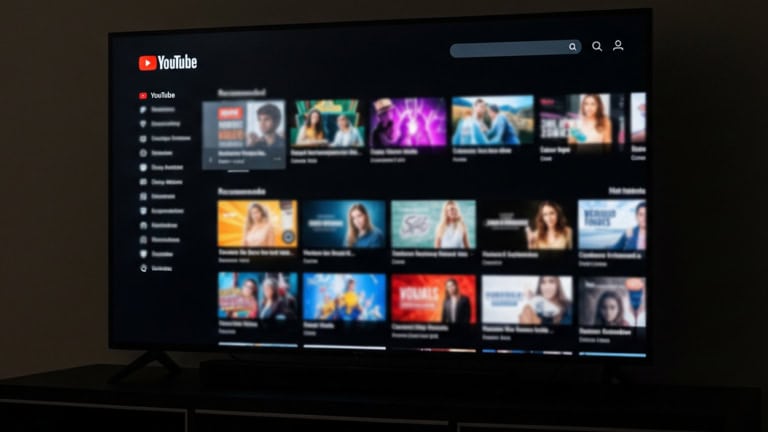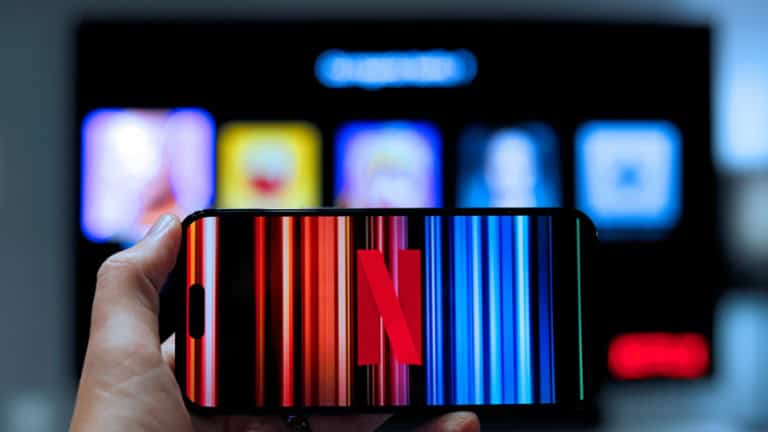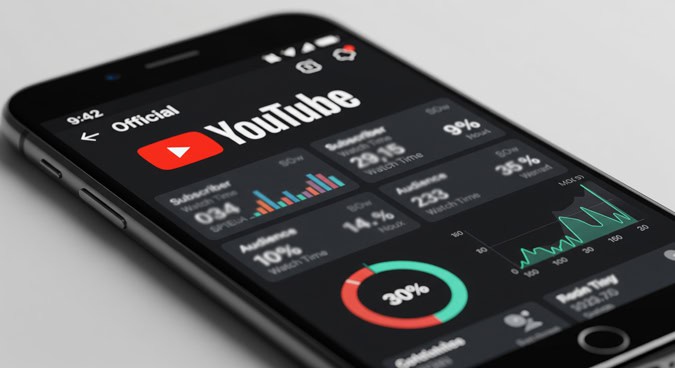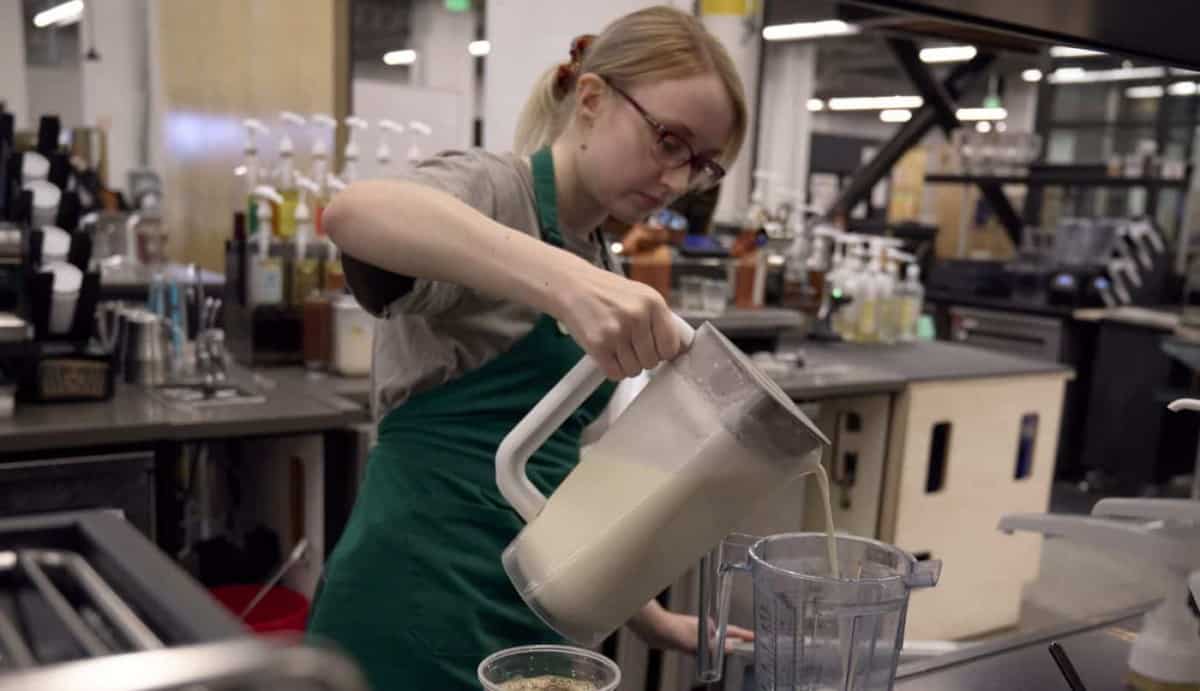
As temperatures cool ever so slightly (Austin’s high today was only 94 degrees), it’s time for Starbucks’ iconic pumpkin spice flavor. But this year, stores are set to change dramatically, especially for workers.
Changing consumer preferences and exhausted workers have motivated a reset.
“We will design new stores from scratch,” interim CEO Howard Schultz said.
Starbucks expects its employees to deliver beverages fast. This is particularly difficult with cold drinks, which are now highly popular. Because of the kitchen setup, workers must walk back and forth to get milk and caramel, ice from the freezer, espresso from the hot bar, a blender from the cold bar, and then back again for each cold drink.
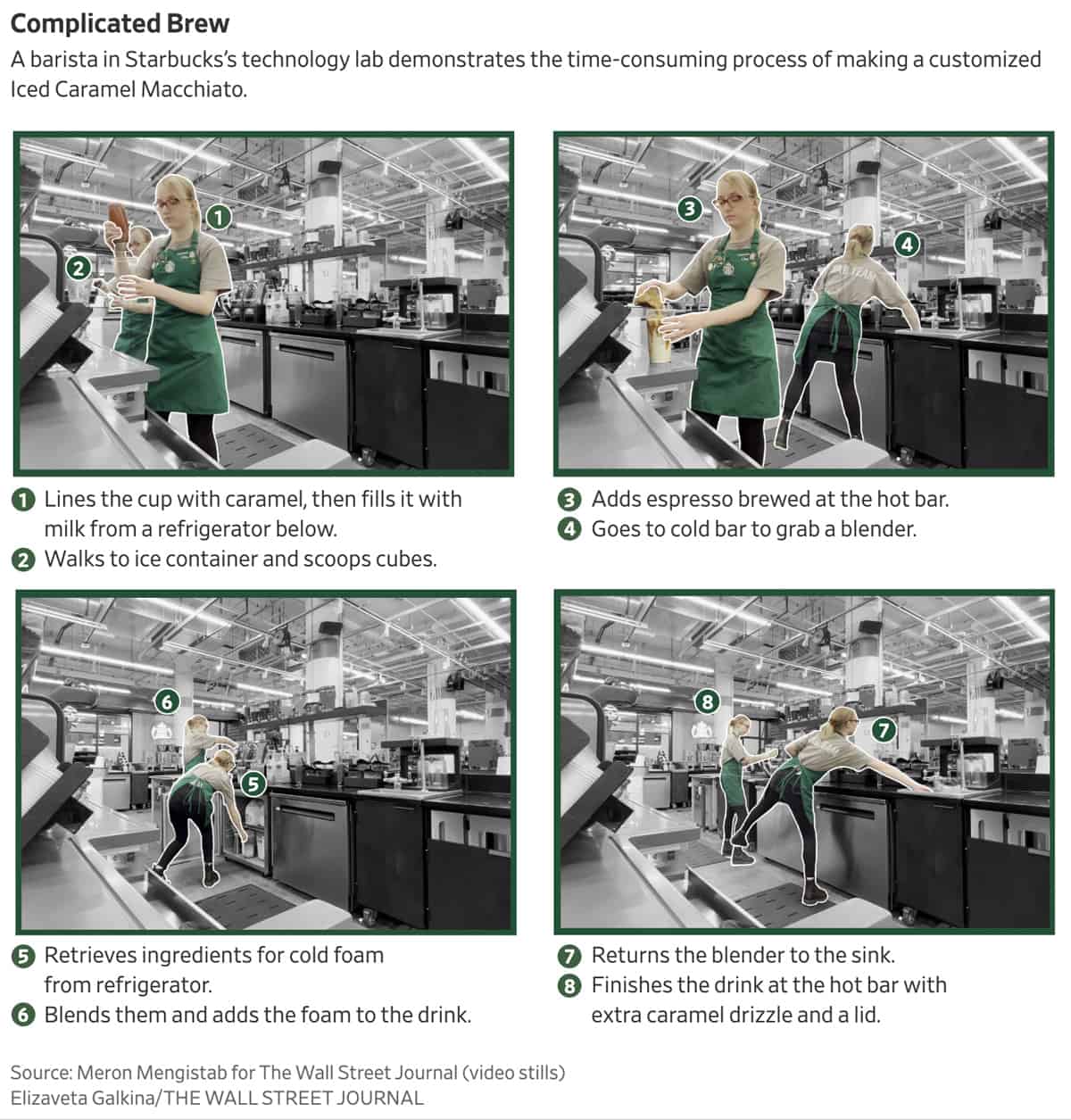
Workers have requested better pay, work hours, and staffing levels for years, and many locations have organized unions.
“One in four U.S. baristas are quitting their jobs within 90 days,” according to The Wall Street Journal, “up from roughly one in 10 previously.”
At Starbucks HQ, they’re experimenting with the drink-making process in a 20,000-square-foot technology lab. The team is testing a new machine that could simplify making cold brew, and there’s a push for better blenders.
Additionally, the percentage of Starbucks customers who go through the drive-thru has increased, so Schultz wants 90 percent of the new stores to have a drive-thru.
Check out this chart by Chartr that maps up pumpkin spice searches throughout the year.
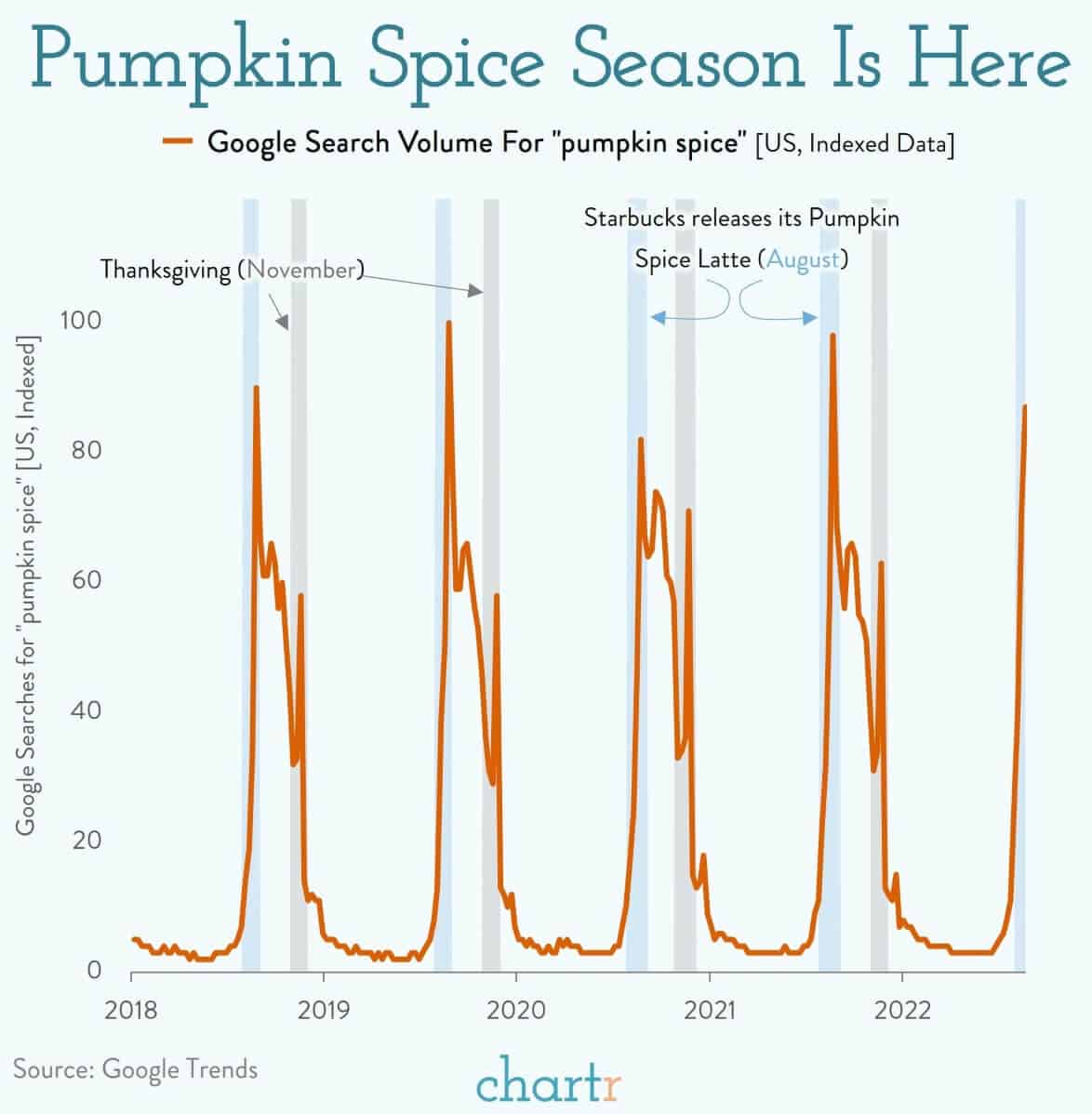
Snap Back To Reality
Snapchat is also making big changes this year after laying off 20 percent of its staff, according to a leaked internal memo.
Per our last newsletter, Snap lost a significant amount of its digital ad revenue after Apple added privacy changes last year that made it harder for platforms to track ad performance. Additionally, the company is grappling with inflation and an economic slowdown in part due to Russia’s invasion of Ukraine.
Snap CEO Evan Spiegel told employees in the memo that the company aims to increase revenue to $6 billion and free cash flow to $1 billion in 2023 by “increasing our penetration in at least one new large country or demographic,” reaching more 30-to-40-year-olds, and sending more users to the Map and Spotlight sections.
The highlights of the memo, according to The Verge, are as follows:
- Snap aims to grow time spent on content by 10 percent per user in 2023.
- It wants 35 percent of users interacting daily with the Map tab of Snapchat and 30 percent of users on Spotlight, its TikTok competitor, every day next year.
- The plan is to make $6 billion in revenue and at least $1 billion in free cash flow in 2023.
- Snap wants AR-based advertising to make up 10 percent of its total ad revenue next year.
- The company wants to grow the number of people who use its AR effects, called Lenses, in other apps to 1 billion monthly users next year.
- It is setting up an AR enterprise division to sell its technology to other companies.
- “We will help developers confidentially explore the possibilities that are enabled with our next-generation” of Spectacles, according to Spiegel, which suggests the next version won’t be commercially available for sale.
Google Launches “Helpful Content Update”
Google recently launched an update that they say will help users see more original, relevant, and human content rather than formulaic or AI-written. This is part of Google’s larger effort to rank original, quality content higher.
“This update introduces a new site-wide signal that we consider among many other signals for ranking web pages. Our systems automatically identify content that seems to have little value, low-added value or is otherwise not particularly helpful to those doing searches… This classifier process is entirely automated, using a machine-learning model.”
-Google Search Central Blog
In the Google Search Central Blog, they also released suggestions for creators to consider.
- Focus on people-first content.
- Avoid creating content for search engines first.
Netflix to charge advertisers $65 cpm
Netflix plans to charge premium prices to advertise on its forthcoming ad-supported platform, according to The Wall Street Journal. At $65 to reach 1,000 viewers—i.e. roughly a $65 CPM since CPM typically relates to impressions and not viewers—this is considerably higher than other platforms. TikTok’s typical CPM, in comparison, is just $3.
This comes after Netflix increased its subscription prices this March.
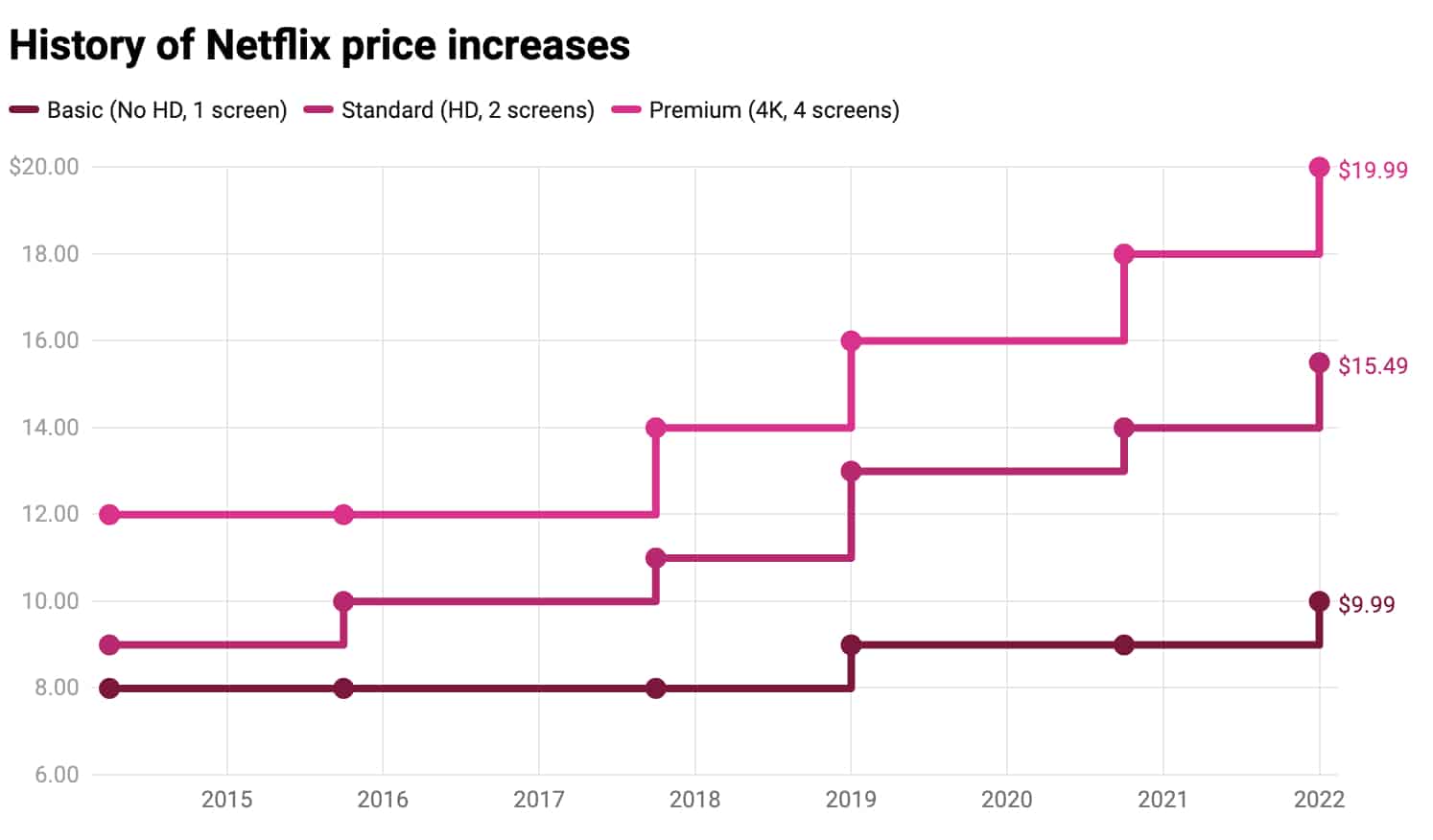
A.i.-Generated art wins art prize
Last up, Jason Allen won the Colorado State Fair’s annual art competition in the emerging digital artists category with a piece he created using artificial intelligence. He created the work by typing lines of text into Midjourney, an A.I. program.

Many other artists are mad about it, but Allen defends himself.
“I’m not going to apologize for it. I won, and I didn’t break any rules.” -Artist Jason Allen
That’s all for this week‘s Marketing Roundup. Check back next week for more news. And subscribe to our newsletter below for additional updates.
